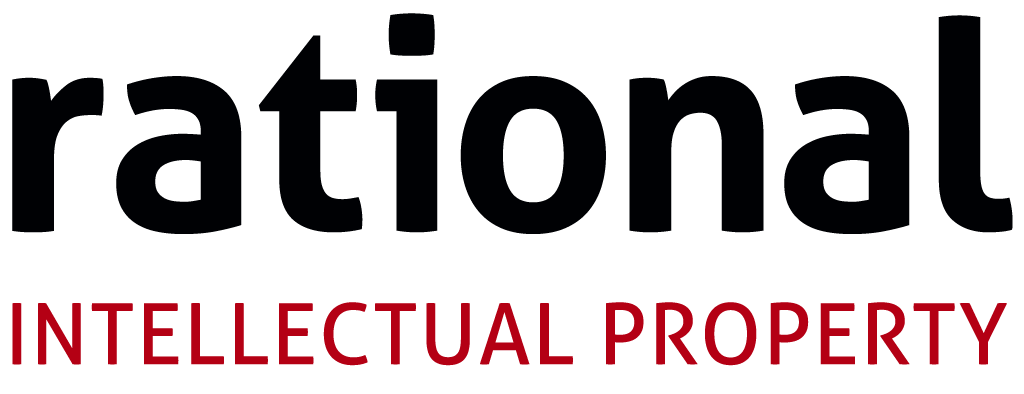The following is excerpted from an interview of Gerard Chandrahasen which appeared in the Finance Monthly January 2013 edition.
Can you give an overview of Rational IP and the main areas of your expertise?
Rational IP is a firm specialising in protecting software inventions for innovative companies. We work with multinationals such as Nokia Siemens Networks, local universities including UCL, and many UK-based tech companies and tech start-ups.
Software innovation can be found across many sectors. I have advised on intellectual property issues within advertising and media, computer games, HR, healthcare, business intelligence, film and television, mobile apps, finance, education, and telecommunications.
You specialise in protection of software technology using patents. Can you tell us more about this?
There is a common perception that software innovations are only patentable in the US and not patentable in the UK or Europe. This is not quite accurate as there have been many patents granted in the software space in both the UK and Europe.
Some examples of patents granted in the UK include:
a) An improved parcel delivery system where the recipient’s photograph is captured and accessible to the deliverer (Honeypot Trust);
b) Web browser monitoring software which sends warning messages to parents (Protecting Kids the World Over);
c) Providing legacy support to applications within a mobile operating system (Symbian); and
d) A mechanism for deploying software (VMware).
And some examples of patents granted in Europe include:
a) A user interface improvement for a 3D computer game to display multiple characters for a player (Square Enix);
b) Dynamic resizing of graphical content (Exent Technologies);
c) An ordering system for gifts (Amazon); and
d) Financial settlement across a communications network (SK Telekom).
A general rule of thumb is: if a product or system incorporates technical improvements which are novel and inventive, then there is a reasonable opportunity to secure protection for those improvements in the UK or Europe.
Ultimately it is going to be the CTO or development team who will be aware of technical improvements. And the question to ask them is – “what have we built that you think is clever?”
Furthermore, protection outside the UK should not be ignored. Software patents secured in key markets, such as the US, can create significant opportunities for licensing, investment, acquisition, or to secure a beachhead in a more challenging market.
What are the common challenges faced by your clients when involved in Patent litigation?
Most of my clients provide their software technology worldwide, often as cloud-based solutions or via app stores. This means that those clients are exposed to patent liability issues in the US.
US software companies have dominated the software patent space for a long time and they have built strong patent portfolios which are being used to prevent UK-based companies from competing in the States.
To deal with this threat, we help our clients to assess the risks and advise on how to design around or avoid infringement of patents. We also help build strong defensive patent portfolios for our clients.
Defensive patent portfolios are used as a hedge against patent litigation. When threatened with patent infringement by a competitor, we can investigate to what extent the competitor infringes the defensive portfolio. In many cases, both parties will agree to cross-license their respective patents.

